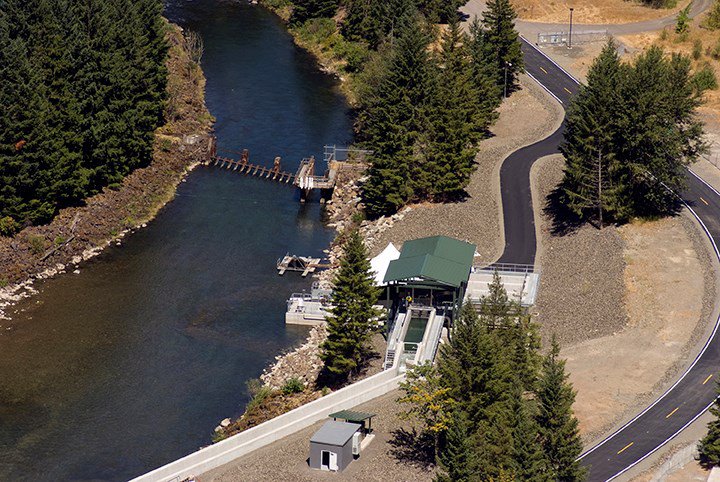
The Portland District of the U.S. Army Corps of Engineers operates 13 dams in the Willamette River Basin. The dams, located on Willamette tributaries, are operated primarily for flood control but also for electricity generation, irrigation, fish and wildlife habitat, water quality, navigation, and recreation.
In 2008, the federal government issued a Biological Opinion for Endangered Species Act-listed fish in the Willamette Basin. The opinion directs a number of actions to protect and enhance ESA-listed upper Willamette Chinook and steelhead, including experiments to reintroduce those species to a portion of their historic range blocked by the dams.

The Corps is analyzing the technical feasibility, cost effectiveness and biological benefit of alternative actions that address juvenile downstream passage in three Willamette subbasins and a configuration change in one location to address a long-term temperature-control solution. Unlike the Columbia River, where ESA listed salmon and steelhead primarily utilize the Federal Columbia River Power System dams and reservoirs as migratory routes, in the Willamette these species incubate and rear above and below some dams.
Funding for Willamette Biological Opinion Implementation actions is provided through the Corps’ Columbia River Fish Mitigation program. To date, the Minto and Foster adult fish-collection facilities have been completed on the North Santiam and South Santiam rivers, respectively, and engineering design work is being completed for adult fish collection facilities at Dexter and Fall Creek dams in the Middle Fork Willamette sub-basin.


